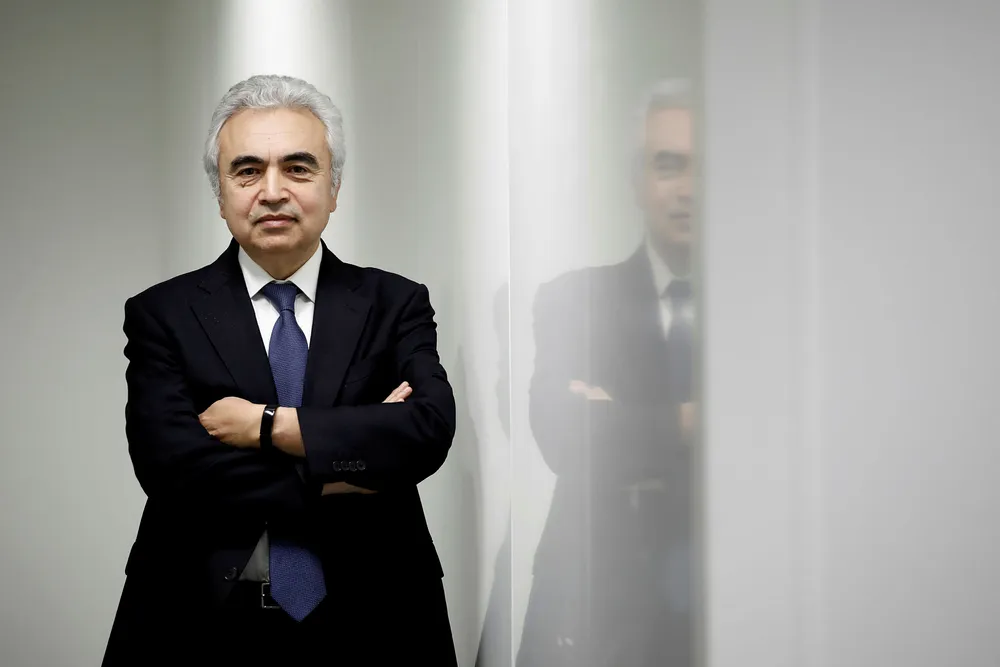Governments urged to shift energy policies to ensure climate goals are met: IEA
Current uncertainty opens up a wide range of possible World Energy Outlook 2020 future energy scenarios – but all see solar as ‘king’

Current uncertainty opens up a wide range of possible World Energy Outlook 2020 future energy scenarios – but all see solar as ‘king’
